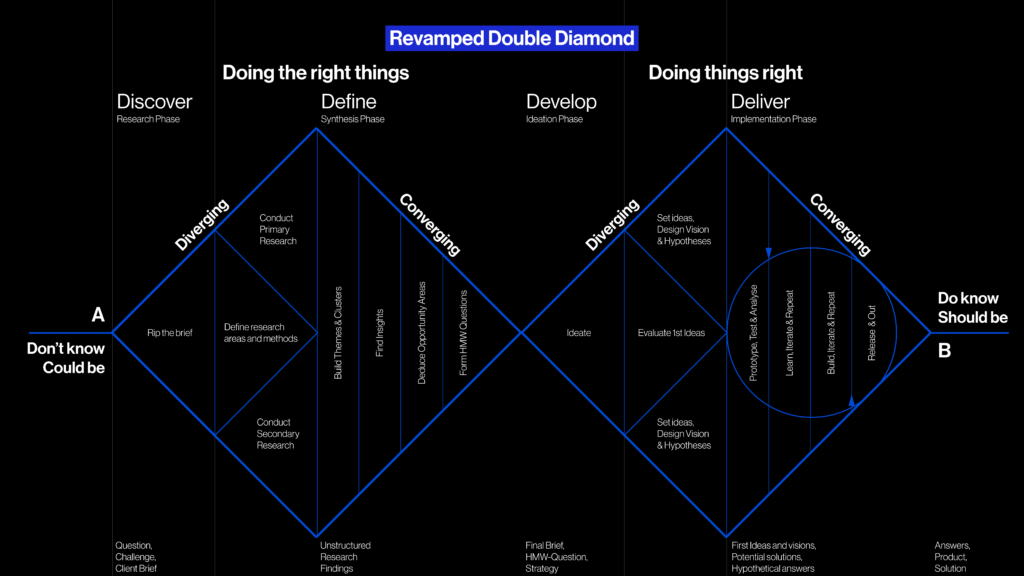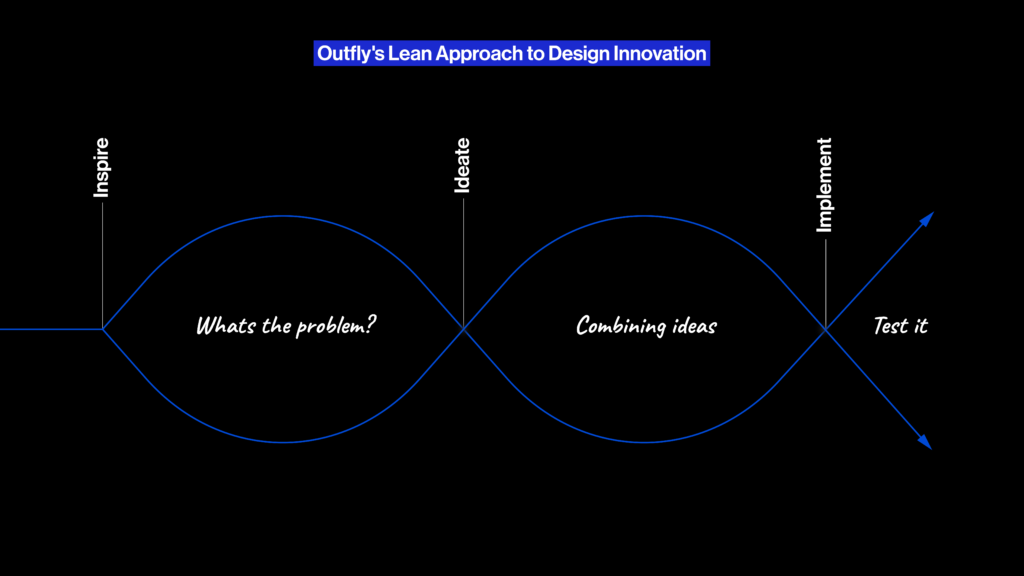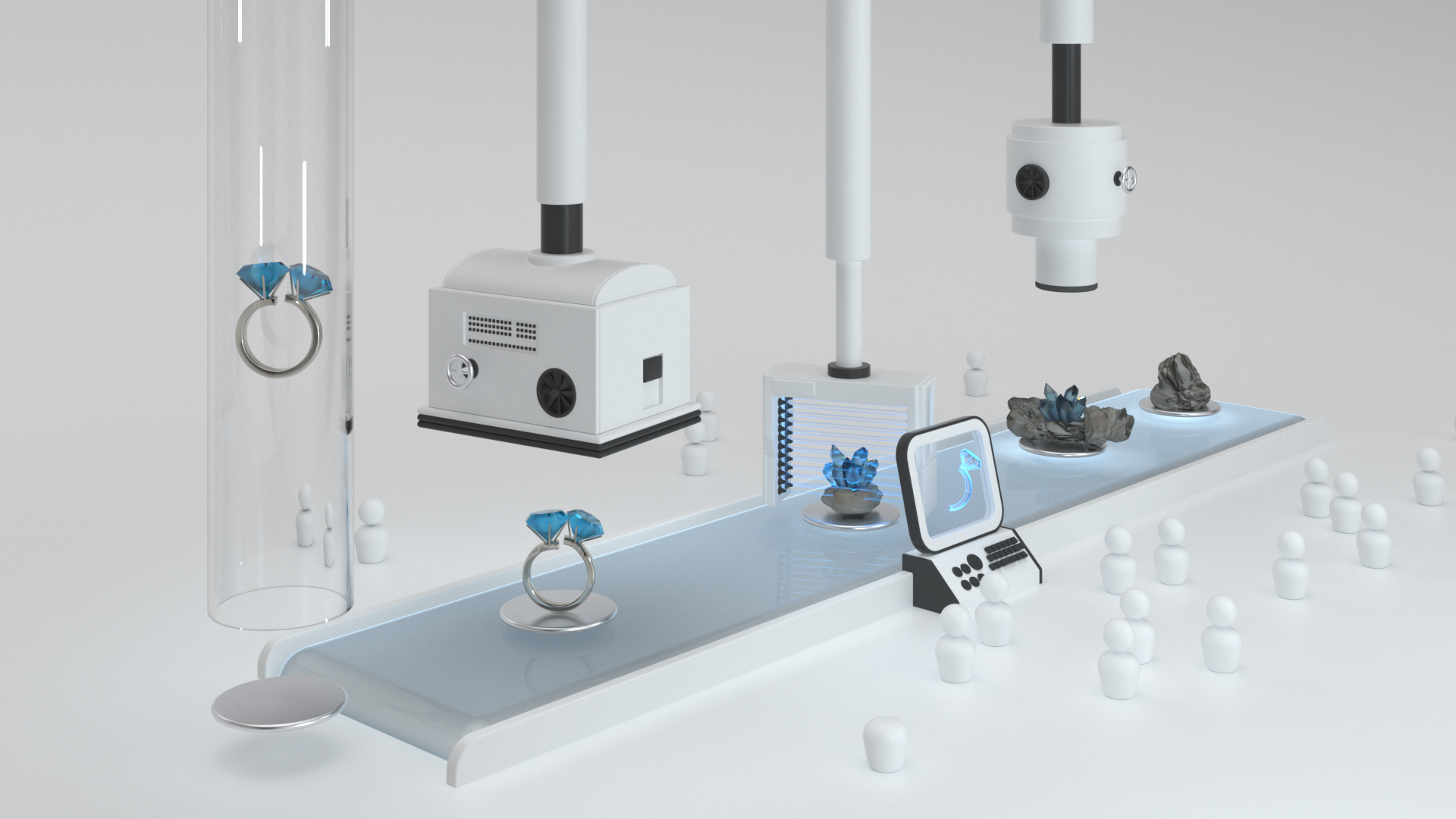“Ah Design Innovation, that’s cool…”
“Yeah I think I get it, so you just design things right?”
“Is it just a fancy way of saying branding agency?”
“Wait, you help clients with their designs? Or with innovation?”
Design Innovation is a relatively new concept, so we get it. Let’s be honest, it does sound a bit bullshitty, and to make matters worse, everyone has their own definition of what it means. We thought that the best way to help was to get one of our own out there, lest people think we’re slacking.
‘Design’. This is where most of the confusion lies. Most people would say design is just the process of making things look sleek and pretty, and to be fair, they have a point. That is a lot of it. Visual design has been the root of success for industry leaders like Apple, Nike and Pepsi since the dawn of marketing. Apple has won over 44 iF Design Gold Awards (the Oscars of the design world) for its visual style and aesthetics alone.
But, as the winner of those awards himself said:
Most people make the mistake of thinking design is what it looks like… It’s not just what it looks and feels like. Design is how it works.
Steve Jobs
This idea is starting to take hold. When she was CEO of PepsiCo, Indra Nooyi decided the company needed to rethink its innovation process and design experience because, in her words, design is “much more than packaging.”
Nooyi wanted change, so she appointed the company’s first ever Chief Design Officer, placing design thinking at the core of PepsiCo’s business and leadership strategy. In her words, “Now, our teams are pushing design through the entire system, from product creation to packaging and labelling, to how a product looks on the shelf, to how consumers interact with it.”
Design, then, is first and foremost a means of understanding. It’s a framework of principles that we can use to think about the purpose of something from the ground-up, whether that’s a physical product, how a business is structured, or something as abstract as a brand’s persona.
Design Innovation is really just the process of applying, managing and integrating this style of thinking — of empathy and purpose — throughout a company’s business strategy, from leadership to management. It’s the application of a design-focused mindset to core company processes and non-visual problems.
Can you explain that again, with less bullshit please?
Is this all sounding a bit conceptual? It’s less alien than you think. Even if your artistic ability never progressed beyond drawing stick men, design thinking is something we all use on a daily basis without even noticing.
In everyday life, it consists of applying a solution-based and action-oriented approach to your decision making. The next time you manage to decide what to watch on TV through a roundabout process of spitballing ideas, settling on a programme, then finding the best platform to watch it on, you’ve used design thinking (yes, that means your proprietary Netflix gem-finding technique is technically ‘innovative’ 🥳).
Sort of. Design Innovation is really just taking this same approach and applying it to a more complicated system, using the same process of figuring out what you want and trying things out to do something new and valuable.
Easy, right? To help us visualise this process, we use something called the Double Diamond. It breaks down problem-solving situations into four parts: Discover, Define, Develop, Deliver. By diverging and reconverging at each step, design thinking increases your chances of solving a problem in an unexpected (and effective) way.

The power of this model is that at each part of the process, you’re widening and then constricting your creative lens, broadening your thoughts to find unturned stones, then condensing them into practical options. This is achieved by generating a ton of ideas, evaluating and honing in on a few, then producing prototypes, loads of prototypes, before repeating the process to refine them.
In the world of business, the moment before each widening of scope is a good time to take a step back, gain perspective and reevaluate the fundamentals of your mission. The ‘four D’s’ of design thinking are also known as the ‘five P’s’, or in our case — the ‘three I’s’. That’s a lot of mnemonics, but we think three’s the magic number. After all, less is more.

Let’s go through these points, one by one.
Design Innovation Step 1: Inspire
The first step of this framework revolves around the same question, asked twice:
“What’s the problem?”
If you’re using a design thinking framework to tackle a specific problem, the first step is always to define it. Usually the core block to creative thinking is that you’re thinking about the wrong problem, and are in fact addressing the symptoms of a larger problem hiding behind it.
As neither Einstein nor Lincoln said:
“If you give me 6 hours to cut down a tree, I’ll spend the first 4 sharpening the axe.”
The same is true on a macro level. Make sure you know what you’re doing before you swing. When trying to apply design thinking across a business, you still need to start with that core question: what need are you solving?
Every business is built on addressing consumer needs, fixing a problem. It’s why the most important slide in any investor deck is the ‘problem’ slide, as this is what really decides whether or not you have a business, rather than a loose collection of devs and hope.
Design Innovation as a continual process takes this concept further, striving to answer user needs not only at the point of use, but at every point of business. This shifts innovation from being product-focused to human-centric. In practice, it means the continuous reimagining of strategy and product, asking and re-asking the same question, “What problem are we solving now?”
We think of this as the ‘inspiration’ step, the ‘what’s the point’ moment, but it’s also known as problemizing 🤮. You see why we renamed it.
Design Innovation Step 2: Ideate
Honestly, this is our favourite bit. It’s where you get to use logic, intuition and hope to imagine an outcome, then create it. Put simply: it’s the part where you come up with ideas. To keep up with your new, continuously evolving customer needs, you’re going to need a lot of them.
Some of these will come naturally or even by accident (cornflakes, viagra and post-it notes aren’t just the foundation of a nutritious breakfast, you know), but most come the hard way: through a proactive ideation stage that focuses your team’s attention to the creation and testing of original thought. The important part here is simply to generate ideas. No wrong answers, no stupid questions, just as many as you can.
The ideation process can take many forms, but always revolves around refocusing perspective then combining ideas. There are a number of techniques you can use: from reversing your assumptions and using that as your starting point (what if skis took you up the mountain?); to combining ideas and problems that seem to have nothing to do with each other (what if you clip into bike pedals the same way you clip into skis?); to thinking about both problem and solution as metaphors, and solving them as metaphors (what if public opinion was a snowball and the launch date was a mountain?) [I think we just want to go skiing really].
All of these are ways of thinking about your agreed problem from different angles and generating fresh perspectives.
Once you’ve generated your ideas (most of which will be terrible) you need to continue to develop them until they can stand for themselves. Most ideas are discarded before they’re tested, or worse, adopted before they’re proved. Always remember that ideas are like children. You need to protect them while they’re growing.
Parallel thinking is excellent for this, as it incentivises groups of people to think along the same lines, allowing their ideas to gain momentum before being tested together. By following this process, assessing the potential in each idea optimistically, and building the concept up before looking for problems, you give them a fighting chance and should end up with something worth testing.
Design Innovation Step 3: Implement
Ideation works best when it reacts to changing circumstances, when it happens continuously, and when it’s baked into the brickwork of company culture. Take Activision, for example. Their biannual 5×5 Innovation Challenge gives teams of five people five weeks and $5,000 to solve any company issue. The roaring success of 5×5 is proof ideation shouldn’t just occur at the start of the journey. To accelerate disruption and instill a culture of creation, it has to be involved in every decision.
This is a good first step, but is still meaningless unless the outcomes are prototyped, tested and built. Many organisations stumble at this hurdle, believing that once the ‘ideation’ phase has ended, creativity is no longer needed — and that making ideas work is simply a matter of resource and resolve.
But the competitive landscape around innovation is becoming more and more vicious, with large tech firms like Facebook and Apple adopting a ‘kill or be killed’ mindset. In this climate, it’s those who seek ways to engage in continuous creativity to sustain and sharpen their competitive advantage that survive.
This is an overlooked but essential step in the Design Innovation process, where ideas are tested, perfected, prototyped and exposed to real world scenarios. It’s overlooked because it means you have to put your money where your mouth is and put your name by ideas you aren’t quite sure of. It’s hard, but it’s essential.
The success of putting ideas into practice depends on a leader’s ability to instil an internal culture that encourages ideation, creation, and iteration — and their willingness to actually act on them.
Design Innovation: beyond the theatre
🚨🚨 Design Innovation Definition Klaxon 🚨🚨 Wahoo. You’ve made it this far. You’ve earned this handy one-liner:
Design Innovation is asking creative questions, thinking of creative answers, then putting them into practice, but, like, actually doing that.
Outfly
Large companies struggle most with this. They fall into the trap of performative innovation theatre, gesturing at the idea of being at the cutting-edge while their own rigid processes create an environment that hinders true innovation.
Often obsessed with exploitation over innovation, many organisations simply don’t check if the questions they were answering at the start are still the same today. The original idea that catapulted these companies to the top is known as the ‘breakthrough innovation’, yet any subsequent innovation is only incremental. The most groundbreaking, transformative ideas are left on the shelf to collect dust, much to competitors’ delight.
As disruptors become incumbents, making an unexpected move starts to seem dangerous. While the world moves on without them, their business models remain frozen in place, tied to a breakthrough innovation that people no longer need.
Avoiding this trap is difficult — it requires real, proactive action — but it is possible. Large companies that embrace innovation and make the leap today will be able to maintain their position and market share in the future. Those that don’t will find themselves overtaken by younger, hungrier, more agile competition.
Design Innovation: you’re probably already a natural
That’s not to say startups have an easy ride. Money is tight, resources are few, and doubters are many. This often feels like an impossible field to play in.
The silver lining is that, in this state, crazy ideas are the norm, so they don’t seem so crazy. Often without knowing it, the lean startup is built to practice Design Innovation. Conceive, develop, prototype, perfect. This is what gives them the edge, this is what helps them outmanoeuvre the market. If we’re honest, it’s why we work almost exclusively with startups.
Startups, and the burgeoning innovation wings of larger companies, are what keep the cycle of improvement going. At Outfly, we don’t just want our ideas to be implemented (though that is a nice bonus), we want to help change the way our clients approach innovation. We don’t do this with lip service to abstract principles, but by applying a design mindset supported by a rigorous creative process.
This process is, by its nature, difficult. If it wasn’t uncertain, it wouldn’t be design; if it wasn’t testing a hypothesis, it wouldn’t be innovation.
The best single piece of advice we can give you is to instil creative confidence in your workplace. Remove the idea of the ‘stupid idea’. The office should be a safe space for co-creation, where people can bounce concepts around without an ounce of doubt. To grow a team full of risk-takers, you don’t need more talent. You need to shift your talent’s mindset.
That starts with leadership. We have to be brave enough to ask questions we don’t have the answers to, to be wrong most of the time and, in the hope of finding genius, to give our team license to explore what at first may seem trivial.
Be bold, be flexible. But, above all, be humble.










